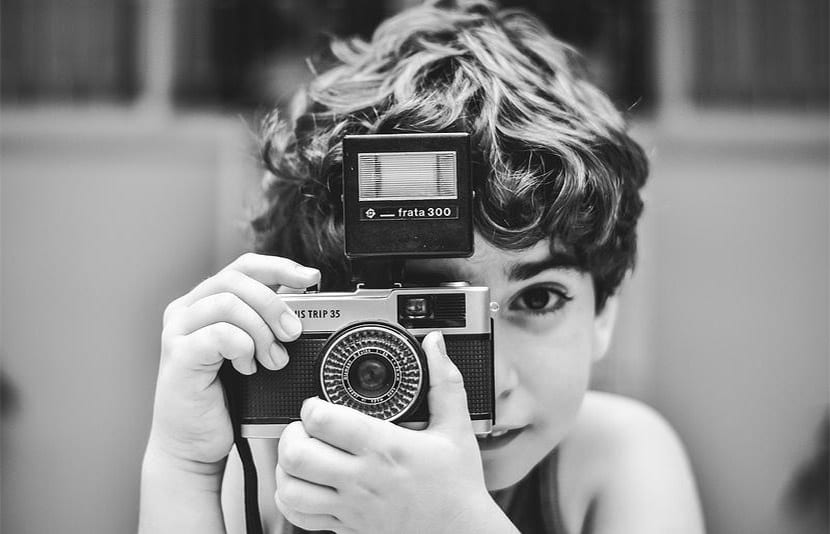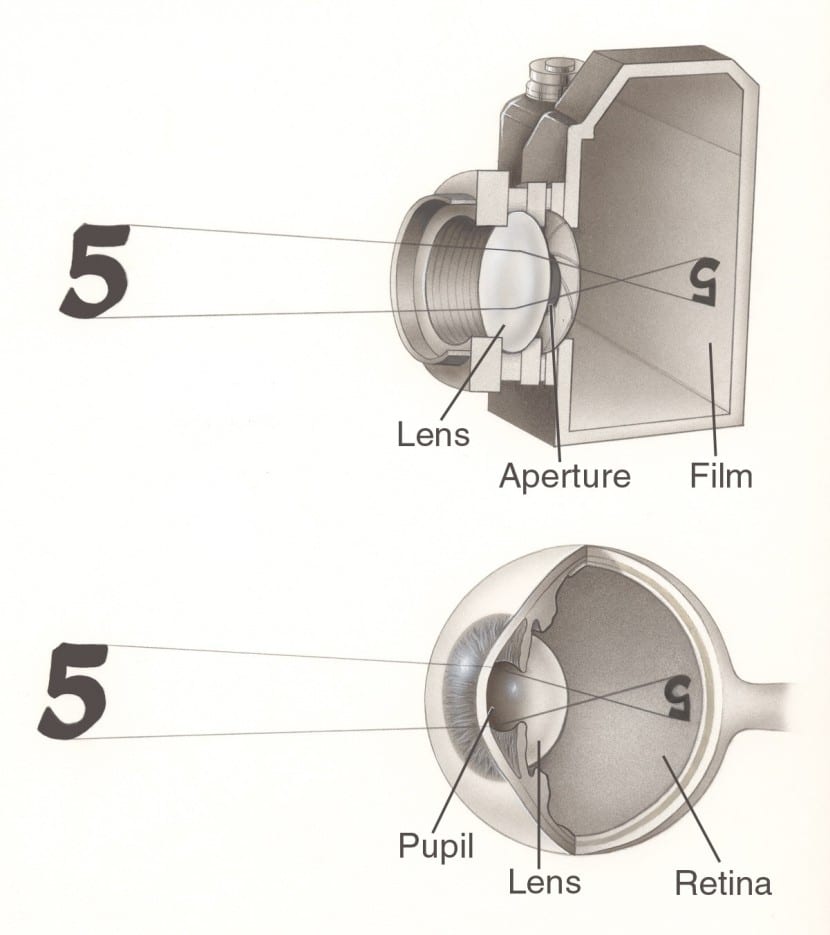
The image is our main and fundamental object of work, but Have you ever wondered what an image is and how it reaches our brain? In this article I would like to share with you a short summary of the process in which we receive the images and the analogy that exists between the biological system (brain and human eye) and the digital system (but also analog) in photographic and videographic cameras.
The idea that we have of the world, our perception of reality, of what surrounds us and of ourselves, is due for the most part to the intervention of analogical processes (or mechanical processes), although there are exceptions. Physiologists and scholars of the phenomenon have maintained throughout history that human vision has many points in common with the digital processes thanks to which photo or video cameras and scanners capture images. And, it could not be otherwise, the human body is the most perfect and powerful machine in the world, it would be stupid not to take it as a reference when embarking on the creation of systems for capturing and reproducing images. In a way, human vision is a “digital” process, and I say this in quotation marks because it is clear that there are too many differences between the two comparisons, but roughly the components of the process have an easily similar mission.
Think of a device made up of a complex autofocus system that projects light reflected from objects onto the back wall of a box. This wall is lined with tiny sensors, each of which captures a small portion of the image. Also imagine that these sensors send the data thus acquired to a processor capable of ordering each piece of information from each sensor to form an image. Irremediably the image and the concept that comes to mind is that of a photographic camera true?
And is that the sensor of a camera is composed of small cells, each of which acquires information about a small portion of the image. We are actually talking about the fundus, which shares a structure as similar as that just described with digital cameras. In our eye there are a series of biological sensors called photoreceptors, shaped like a cone and a rod, which, through photochemical processes, break down the image they receive into small pieces of data. This information is transmitted through the optic nerve, which ends up in the brain, whose mission is to recompose all the data to form complete images. The cones are responsible for the vision of colors and central vision; They need good lighting to work. The swabs take care of peripheral vision and can work in less light.
The image is a way of perceiving the reality originated by the transmission of light. When we find an image, we are not finding a two-dimensional graphic representation of objects, which is produced when light passes through a lens and is projected onto a surface. The process of vision is actually very simple, the vital element that makes the whole process possible is light. Light is reflected off objects, and is directed towards the eye, which is nothing more than a very complicated photographic objective with a biological emulsion at the bottom. Different objects have different capacities to reflect light, and depending on the wavelengths they reflect, (remember, for example, that what the color black does is absorb light while the color white does is reflect it producing a greater amount ) have one color or another and with variable intensities. And taking all this into account, when capturing images man has created devices that mimic the behavior of the human eye. Analog photographic and cinematographic cameras are mechanisms with a system of lenses that project light onto an emulsion of silver. Digital still and video cameras do the same thing, but they project the image onto an image capture chip called CCD (Charged Coupled Device). These are integrated circuits that take advantage of the ability of certain semiconductor materials to produce an electrical signal when they receive photons. CCDs, which are made up of thousands of tiny light-collecting cells, break the image down into thousands of tiny fragments. They are made up of small cells, each of which records and transmits the information corresponding to a single fragment of the image, as if it were a puzzle.
Impressive right? Here you have an illustration that summarizes these similarities very well and that makes us understand more clearly how cameras work.

